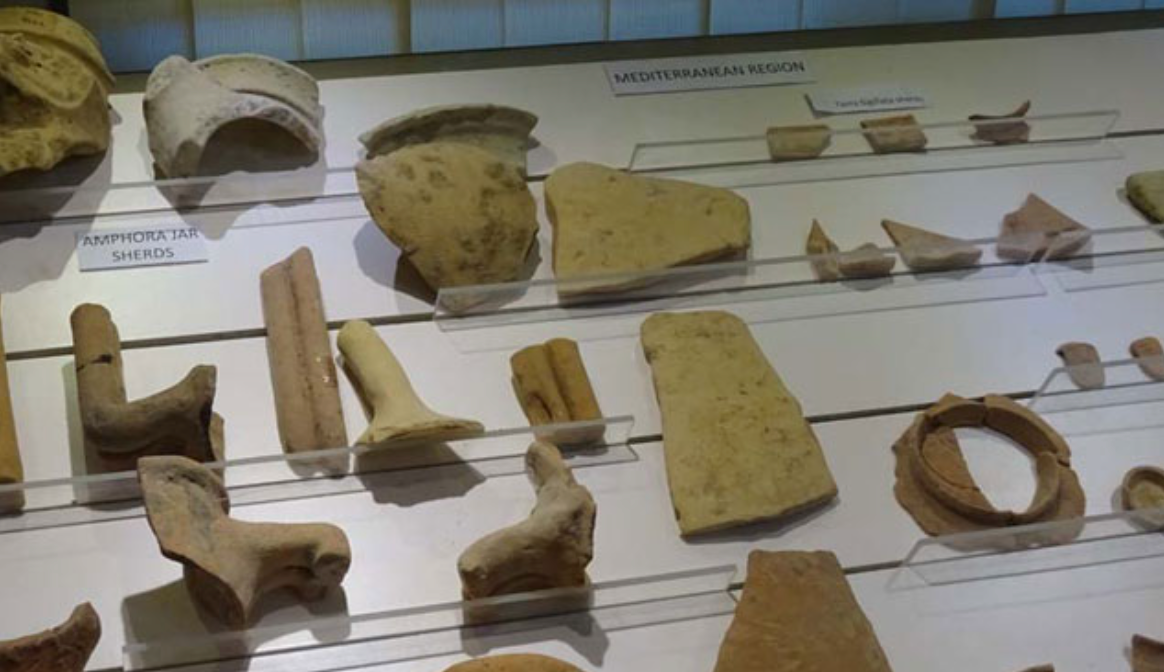Michael Tunnicliffe
Cultures around the world have always had myths about the Creation of the universe. So they also speculated about how the cosmos might end. There were stories of catastrophic floods, volcanic eruptions and earthquakes. In the Jewish, Christian and Islamic traditions there were accounts of the Day of Judgement and the battle of Armageddon. The Vikings imagined not only the end of the universe but of the death of the old Norse gods at Ragnarok. The Hindu and the Maya could envisage repeated cycles of creation followed by destruction – a never ending series. In the same way modern cosmologists ponder both the beginning and the possible end of the universe. This course will examine cultures from the Near East, Europe, Asia and Central America as well as looking at changing ideas in Western Europe over the last 1000 years.
Recommended reading (for publication in brochure):
Maria Manuel Lisboa 2011 The End of the World: Apocalypse and its aftermath in Western Culture Open Book Publishers
Day: Tuesdays Time: 10.00-12.00
START DATE: 12 weeks, from 23 September to 16 December 2025, with Half -term at 28th October 2025
Please note: this is a face-to-face course.
VENUE:
Quaker Meeting House
91 Station Road
Cheadle Hulme
SK8 7BG
Price for the Series:
| Price | Concessions | Minimum No. | Maximum No. |
| £96 | 8 | 24 |
Please contact: Michael Tunnicliffe 5 St George’s Way, Northwich, CW9 8XG, phone: 01606 42116 email: mtunni@sky.com



